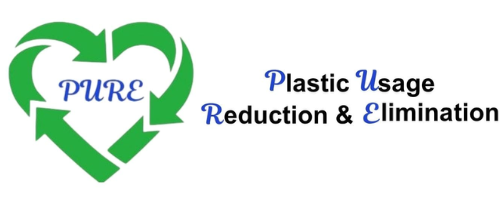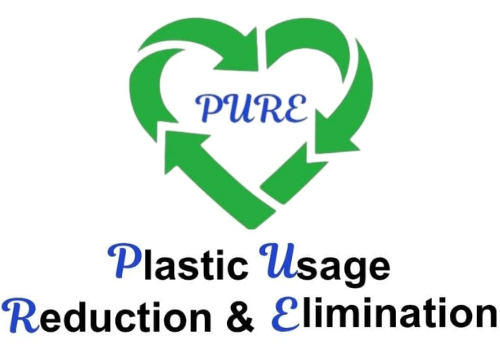Why Plastic is Harmful
Plastic: An Enduring Problem
Plastic pollution, particularly from single-use items like plastic cutlery, poses one of the most severe environmental challenges facing our planet today. The presentation titled “Plastic: An Enduring Problem” highlights the alarming scale of plastic waste, its damaging impact on ecosystems and human health, and proposes sustainable alternatives to combat this growing crisis.
The presentation begins by focusing on the enormous consumption and disposal of plastic cutlery, including spoons, forks, and straws. According to statistics from SeedScientific, an estimated 40 billion plastic utensils are discarded annually, contributing massively to the global plastic waste problem. These discarded plastics often end up in oceans where marine animals mistake them for food. Consuming plastics can cause these animals to choke, starve, or die from internal injuries, and sometimes become entangled or trapped. This leads to a direct threat to marine biodiversity.
Moving forward, the presentation provides a staggering perspective on the global production of plastic utensils. In 2020, the plastic market generated over $2.8 billion in revenue, and according to the Plastic Pollution Coalition, more than 561 billion plastic utensils are produced every year. The scale of production correlates with increased plastic pollution and subsequently the death of marine and terrestrial animals that are exposed to these plastics.
One of the key factors contributing to this crisis is the single-use nature of plastic utensils. Most are designed to be used once and then thrown away, adding to environmental degradation. Besides the evident litter problem, these plastics contain chemical additives such as endocrine disruptors that are linked to serious health issues, including cancer, birth defects, and immune system disorders in both humans and wildlife. According to the Center for Biological Diversity, these chemicals leach into food and water systems, escalating the health risks associated with plastic consumption.
The presentation underscores the wider environmental impact of plastic waste. Plastics degrade into microplastics (tiny, nearly invisible particles) that infiltrate waterways, soil, and even the air. These microplastics ultimately enter the food chain, affecting both wildlife and humans, with studies linking them to chronic inflammation, cancer, and hormonal imbalances.
A significant concern addressed is the accumulation of plastic in landfills. While landfilling is a common waste management method, it brings its own environmental hazards. Plastics in landfills release leachate and gases through combined biological, chemical, and physical processes. Microplastics and other harmful particles escape through leachate and air, contaminating the surrounding environment and contributing to long-term pollution.
The crisis is perhaps most visible in the world’s oceans, where plastic cutlery and other debris accumulate in vast floating garbage patches. According to the Ocean Conservancy’s 2019 International Coastal Cleanup, over 7 million plastic utensils were collected from coastlines in a single year. Shockingly, it is projected that by 2050, the weight of plastic in the oceans will exceed that of all fish combined. The situation is exacerbated by the fossil fuel industry’s plan to increase plastic production by 40% over the next decade, driven by the construction of petrochemical plants turning fracked gas into plastics — leading to more pollution and ecological damage.
In response, the presentation proposes practical and eco-friendly solutions. While biodegradable and compostable utensils made from materials like bamboo, wood, and plant-based plastics are gaining popularity, the presentation advocates for metal utensils as a more sustainable, long-term option. Encouraging individuals to carry and use their own reusable cutlery could significantly cut down on plastic waste.
The presentation concludes with a compelling appeal to businesses, organizations, and individuals to stop using plastic cutlery and shift to environmentally conscious alternatives. It emphasizes that collective action and responsible consumer behavior are crucial to addressing the plastic pollution crisis and safeguarding ecosystems for future generations.

